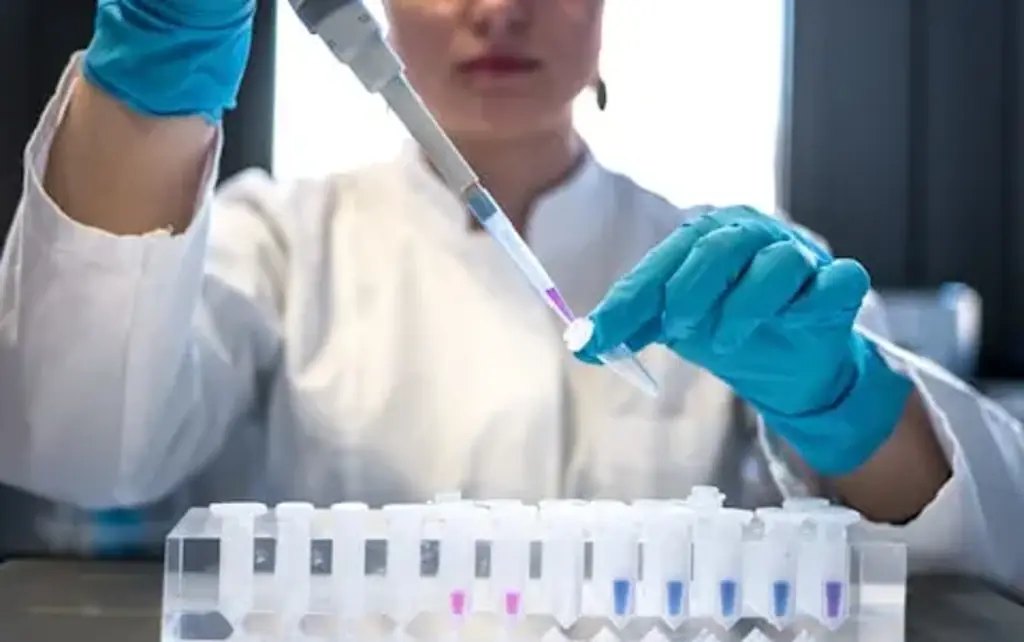Marine biologists claim that sea turtle populations along some Florida beaches are now thriving, possibly due to the large number of humans who are stuck indoors during the coronavirus pandemic.
According to a recent report by CBS Miami, the Loggerhead Marinelife Center, which monitors beach activity closely each year to ensure turtle's nests are not disturbed by people or dogs, 69 nests have already been counted, with more expected to follow. This is apparently a significantly higher number than normal, and all the nests counted belong to endangered species.
Watch these people cruelly riding a sea turtle's back:
[[jwplayerwidget||https://content.jwplatform.com/videos/XwRAd1Gl-dkXnENEs.mp4||XwRAd1Gl]]
Commenting on the phenomenon, senior manager of research and data at Loggerhead Sarah Hirsch told WPEC News: "Our leatherback [turtles] are coming in strong this year. It’s going to be a really good year for our leatherbacks."
She continued: "We’re excited to see our turtles thrive in this environment. Our world has changed, but these turtles have been doing this for millions of years and it’s just reassuring and gives us hope that the world is still going on."
[[instagramwidget||https://www.instagram.com/p/B_Iylz3DfPw/]]
This good news comes just a few weeks after more than 97 adorable baby turtles were spotted hatching on a typically-crowded beach, which is currently empty due to the lockdown in effect.
Per The Guardian, a photographer spotted the tiny reptiles on March 22, on the coast of Paulista, a town in the north-eastern state of Pernambuco in Brazil.
According to an official statement from the City Hall of Paulista, technicians of the Urban Sustainability Center were at the scene to assist in the hatching of the baby hawksbills.
[[twitterwidget||https://www.facebook.com/photo.php?fbid=10213655259050356]]
Commenting on the sighting, Paulista-based Environmental Manager Herbert Andrade stated: "In all, 291 sea turtles were born on the coast of Paulista in 2020, with 87 green turtles and 204 hawksbill turtles. This time, due to preventive measures against the new coronavirus, the population was unable to closely monitor the birth."















